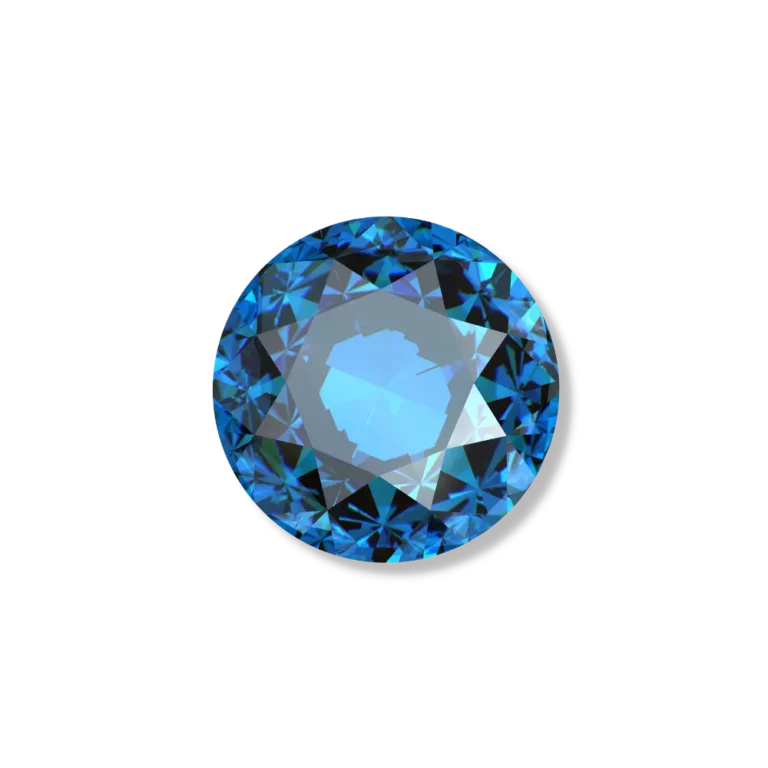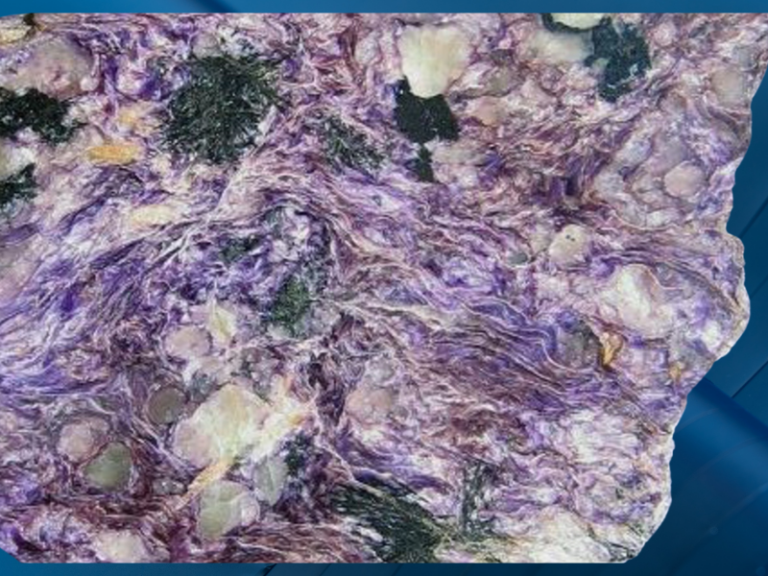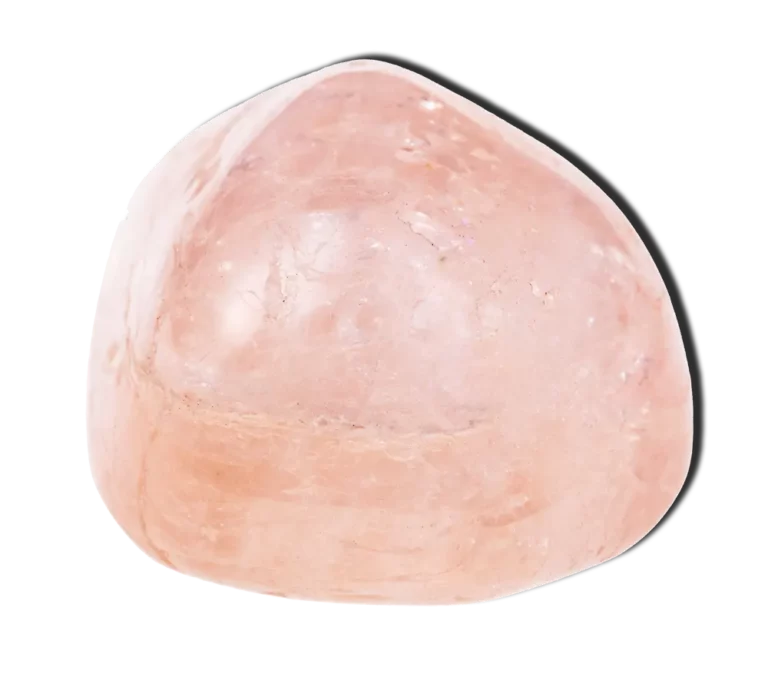Taaffeite Gemstone: Properties, Benefits & Meanings
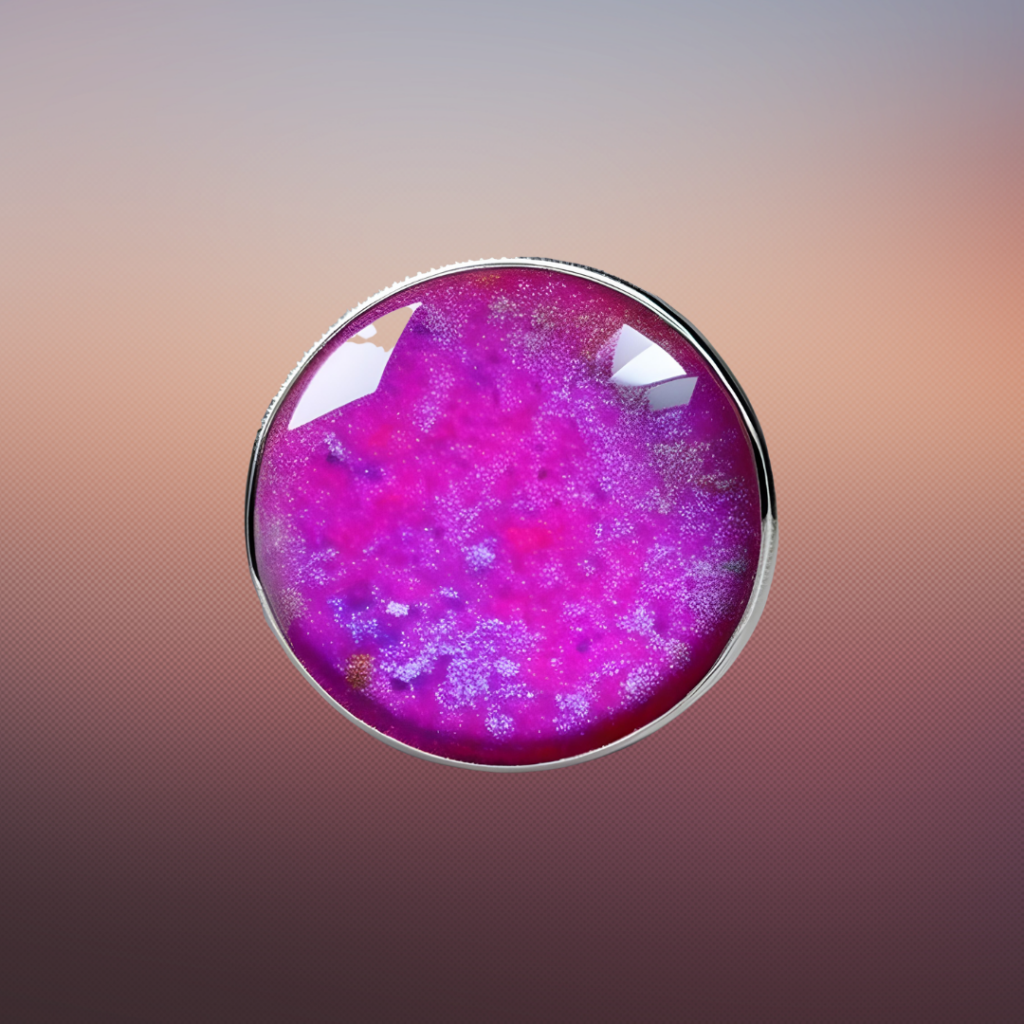
Taaffeite Gemstone Overview
Taaffeite is a beautiful gemstone that ranges in color from pinkish-purple to mauve. It has a high level of brilliance and a unique optical property known as pleochroism, meaning it can display different colors from different angles.
Taaffeite Gemstone was first discovered in 1945 by gemologist Richard Taaffe, after whom the gemstone was named. It is an incredibly rare mineral, with only a few hundred specimens known to exist. As a result, it is found in a few locations worldwide, including Sri Lanka, Tanzania, and Myanmar.
One of the most fascinating things about Taaffeite is that it was originally mistaken to be a type of spinel. It wasn’t until several years later that it was identified as a new mineral. In this article, we will look into the properties, benefits, and meanings of Taaffeite Gemstone and its uses in jewelry and beyond.
What Is Taaffeite Gemstone?
Taaffeite is a rare and highly valued gemstone discovered in 1945 by Irish gemologist Richard Taaffe. It is a mineral composed of magnesium, beryllium, and aluminum. It is found in few locations worldwide, including Sri Lanka, Tanzania, and Myanmar.
Taaffeite Gemstone is typically a pinkish-purple mauve color. Still, it can also appear in shades of gray, brown, and green. It has a high brilliance and a unique optical property known as pleochroism, allowing it to display different colors when viewed from different angles.
How is Taaffeite Gemstone Formed?
Taaffeite is a rare gemstone formed through a combination of geological processes. It is primarily found in metamorphic rocks, which have been transformed by heat and pressure.
Taaffeite is thought to form when beryllium-rich rocks undergo metamorphism in the presence of magnesium and aluminum. This process leads to the formation of taaffeite crystals, which can take on a variety of colors depending on the type of rock and the conditions under which it formed. Unfortunately, because Taaffeite is formed through such a specific set of geological processes, it is rare and difficult to find in nature.
Physical Properties of Taaffeite Gemstone
| Mineral Group | Oxide Minerals |
| Formula | Mg3Al8BeO16 |
| Chemical Name: | Magnesium Aluminum Beryllium Oxide |
| Color | Pinkish-purple, mauve, gray, brown, and green |
| Hardness (Mohs scale) | 8.0 |
| Refractive Index | 1.719-1.734 |
| Fracture | Conchoidal |
| Luster | Vitreous |
| Specific Gravity | 3.60 to 3.62 |
| Transparency | Transparent to Translucent |
Etymology of Taaffeite
Taaffeite Gemstone is named after Richard Taaffe, an Irish gemologist who discovered the stone in 1945. Taaffe was examining a collection of gemstones from Sri Lanka when he noticed a gem that was initially thought to be a type of spinel. It was later identified as a new mineral altogether. It was named in honor of Taaffe for his contributions to the field of gemology.
Where is Taaffeite Gemstone Found?
Here is a list of countries where Taaffeite Gemstone is found:
- Sri Lanka
- Myanmar
- Tanzania
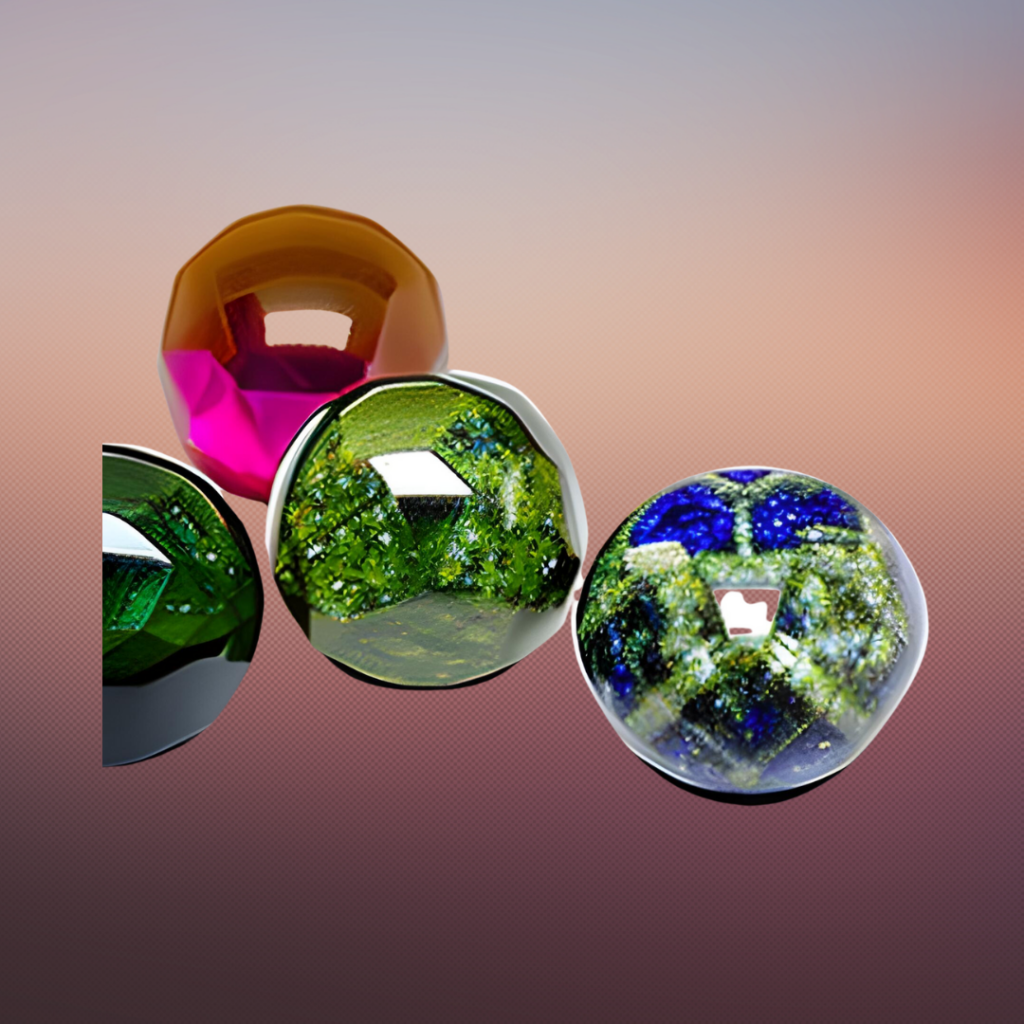
Taaffeite Gemstone Appearance
Taaffeite is a beautiful and unique gemstone that can display various colors depending on its chemical composition and lighting conditions. The most common colors of Taaffeite are pinkish-purple and mauve, although they can also appear in shades of gray, brown, and green. Some specimens of Taaffeite may even exhibit color change, appearing in different colors when viewed under other lighting conditions.
In addition to its color, taaffeite Gemstone is known for its high level of brilliance and fire due to its high refractive index. It is also prized for its pleochroism, which causes it to display different colors from different angles. In addition, Taaffeite typically has a vitreous (glassy) luster and a transparent to translucent appearance, allowing light to pass through and creating a beautiful display of color and sparkle.
Types of Taaffeite Gemstone
There are two types of Taaffeite gemstones:
- Magnesian Taaffeite: This type of Taaffeite is magnesium-rich and is typically found in Sri Lanka. It is usually pinkish-purple to red and has a higher specific gravity than other types of Taaffeite.
- Beryllian Taaffeite: This type of Taaffeite is beryllium-rich and is typically found in Tanzania and Madagascar. It is usually grayish-purple to mauve and has a lower specific gravity than Magnesian Taaffeite.

Taaffeite Gemstone Value and Price
Taaffeite is a rare and highly valuable gemstone, with a price per carat significantly higher than many other gemstones. Taaffeite Gemstone’s value is influenced by various factors, including its carat weight, cut, clarity, and color.
Carat Weight: As with most gemstones, the value of Taaffeite increases with its carat weight. Larger specimens of Taaffeite are rarer and more valuable than smaller ones, all other factors being equal.
Cut: The cut of a Taaffeite gemstone can significantly impact its value. Well-cut Taaffeite stones will exhibit high levels of brilliance and fire. Therefore, they will be more valuable than poorly cut stones.
Clarity: The clarity of a Taaffeite gemstone refers to the presence or otherwise of inclusions, or internal flaws, within the stone. Stones free of inclusions are more valuable than those with visible flaws or blemishes.
Color: The color of Taaffeite can have a significant impact on its value. The most desirable colors are pinkish-purple and mauve, with vivid, saturated hues more valuable than lighter or paler tones.
Other factors influencing the value of Taaffeite Gemstone include its origin, rarity, and overall beauty.
How Can You Tell if Taaffeite Gemstone Is Real?
Several tests can be done to verify the authenticity of a Taaffeite gemstone:
- Visual Inspection: The first step in verifying the authenticity of a Taaffeite gemstone is to inspect it closely with the naked eye. Genuine Taaffeite will exhibit a high level of brilliance and fire. It will often display pleochroism or different colors when viewed from different angles. Fake or synthetic stones may appear dull or lifeless and will not exhibit pleochroism.
- Refractometer: A refractometer is a tool that can be used to measure the refractive index of a gemstone. Taaffeite has a high refractive index, so a genuine gemstone should produce a reading consistent with this property.
- Spectroscope: A spectroscope is a tool that can analyze the spectrum of light emitted by a gemstone. Because Taaffeite exhibits a unique absorption spectrum distinct from other gems, a spectroscope can be used to verify its authenticity.
- Magnification: Finally, examining a Taaffeite gemstone under high magnification can reveal certain features indicative of a genuine stone. For example, genuine Taaffeite may exhibit characteristic inclusions or growth patterns not present in synthetic or fake stones.
The most reliable way to verify the authenticity of a Taaffeite gemstone is to work with a reputable and experienced jeweler or gemologist. They have the tools and expertise to assess the stone and determine whether it is genuine.
What Does Taaffeite Gemstone Symbolize?
Taaffeite is a relatively new and rare gemstone. Therefore, it has a short history of symbolic meaning or associations. However, like many gemstones, Taaffeite Gemstone is believed to possess certain metaphysical properties. Consequently, it is often used in spiritual and healing practices.
Some believe that Taaffeite can help enhance intuition, creativity, and spiritual awareness. It is also thought to be a stone of transformation, helping to facilitate personal growth and self-discovery. In addition, Taaffeite is believed to have a calming and soothing effect, helping to reduce stress and anxiety.
Because Taaffeite is a relatively new and uncommon gemstone, its symbolic meanings and associations may vary depending on the individual or culture.

Uses of Taaffeite Gemstone
Taaffeite is primarily used as a gemstone in jewelry due to its rarity, beauty, and high value. In addition, because it is a relatively new and uncommon gemstone, Taaffeite jewelry is considered a unique and distinctive choice.
Taaffeite Gemstone is typically cut into faceted stones to showcase its brilliance and fire. It is often used in different jewelry designs. It is also popular among collectors and gemstone lovers due to its rarity and unique properties.
In addition to its use in jewelry, Taaffeite is also used in spiritual and healing practices. Some individuals believe that it possesses certain metaphysical properties and can be used to enhance intuition, creativity, and spiritual awareness.
Because Taaffeite is a relatively new gemstone, its uses may evolve and expand as more is learned about its properties and potential applications.
Is Taaffeite Gemstone a birthstone?
Taaffeite Gemstone is not currently recognized as an official birthstone for any month. Birthstones are typically determined by traditional lists that have been established over time. Taaffeite is a relatively new and uncommon gemstone that has yet to be included in these lists.
Which Gemstones Go Best With Taaffeite Gemstone?
There are a few gemstones that are often used in combination with Taaffeite in jewelry designs:
- Diamonds: The brilliance and fire of diamonds can help enhance Taaffeite’s beauty and make it stand out even more.
- Sapphires: Blue sapphires, in particular, can complement the violet-blue color of Taaffeite, creating a striking and harmonious color combination.
- Tanzanite: Tanzanite blue-violet color can complement the violet-blue color of Taaffeite and create a cohesive and visually appealing look.
- Aquamarine: Aquamarine is a light blue gemstone that can create a subtle and elegant contrast with Taaffeite’s more vibrant hues.
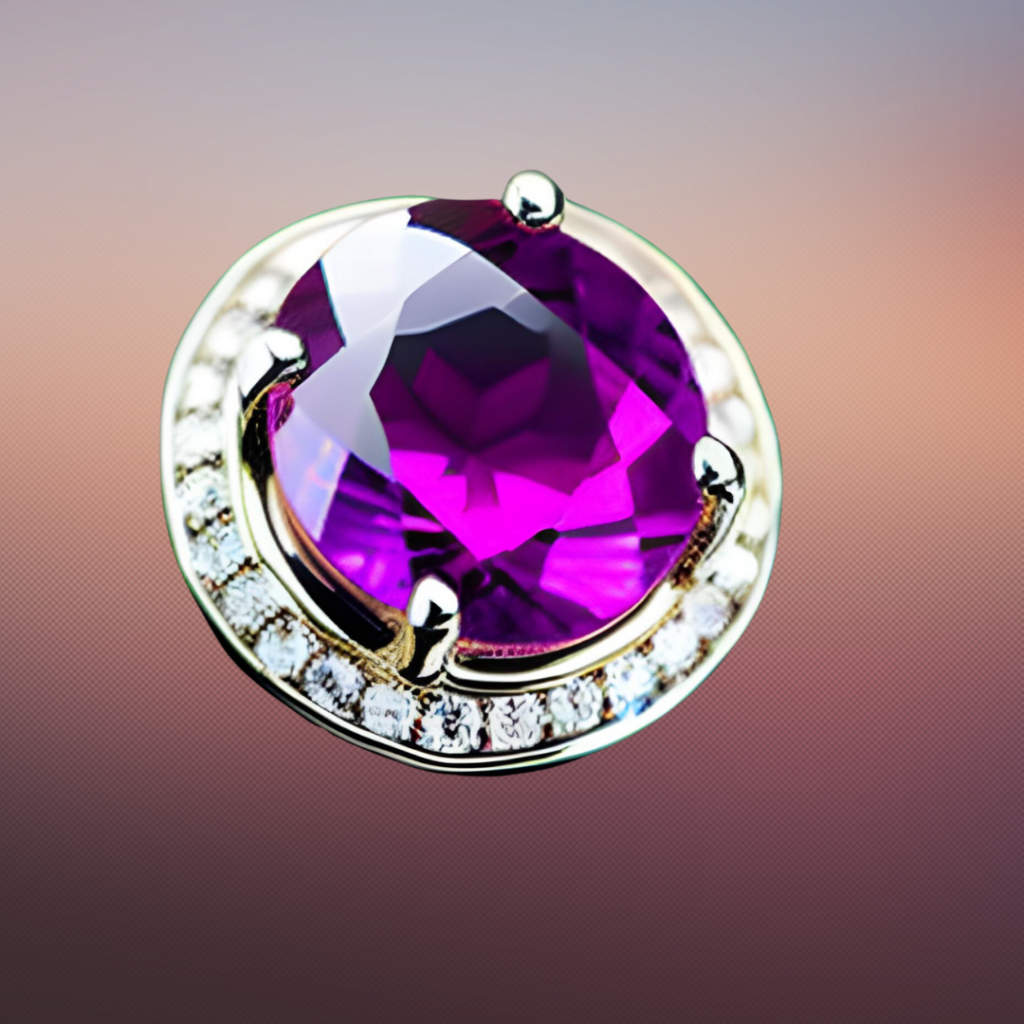
How To Take Care Of Taaffeite Gemstone Jewelry?
Taking care of Taaffeite gemstone jewelry is important to help it maintain its beauty and durability over time. Here are some tips on how to care for your Taaffeite jewelry:
- Avoid exposure to heat: High temperatures can damage Taaffeite, so it’s best to avoid leaving your jewelry in direct sunlight or near heat sources, such as radiators or ovens.
- Protect from scratches: Although Taaffeite is a relatively hard gemstone, it can still be scratched by harder materials. Store your Taaffeite jewelry separately from other objects that could scratch it. Avoid wearing it during activities that could cause damage, such as gardening or sports.
- Clean gently: Use a soft cloth, mild soap, and water to clean your Taaffeite jewelry. Avoid harsh chemicals or ultrasonic cleaners, which can damage the gemstone or any setting.
- Store properly: Store your Taaffeite jewelry in a jewelry box or drawer to protect it from exposure to moisture or dust.
- Have it professionally checked: It’s a good idea to have your Taaffeite jewelry checked by a professional jeweler regularly to ensure that the gemstone is secure in its setting and to address any signs of wear or damage.
Following these care tips can help your Taaffeite gemstone jewelry maintain its beauty and value for years.
FAQ
What colors does Taaffeite Gemstone come in?
Taaffeite can come in various colors, including violet-blue, mauve, pink, gray, and colorless.
How hard is Taaffeite?
Taaffeite Gemstone has a hardness of 8 on the Mohs scale, which makes it a durable gemstone that can withstand everyday wear.
Can Taaffeite be used in engagement rings?
Taaffeite Gemstone can be used in engagement rings and other types of jewelry. However, it is a rarity, and its unique beauty makes it a popular choice for those seeking something different from traditional gemstones.
How much does Taaffeite cost?
The cost of Taaffeite Gemstone can vary depending on factors such as carat weight, color, clarity, and cut. It is generally considered a rare and valuable gemstone, with prices ranging from a few hundred to several thousand dollars per carat.



